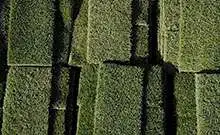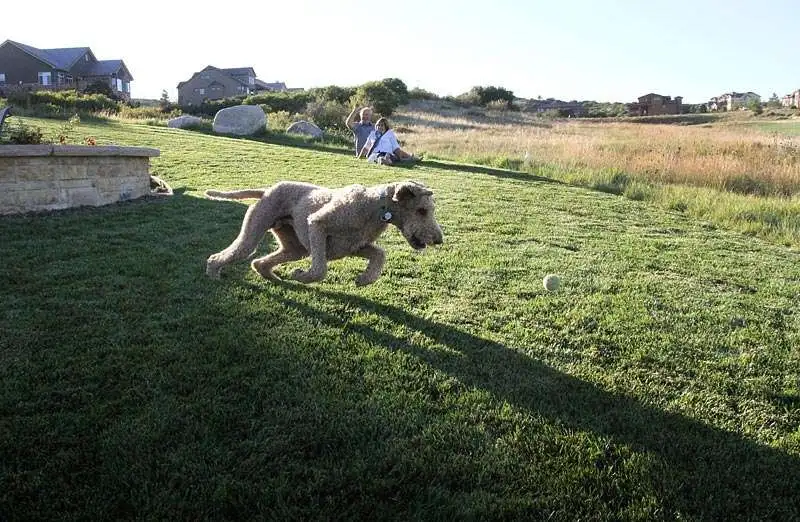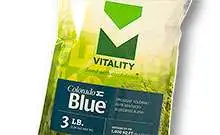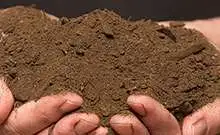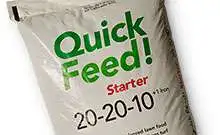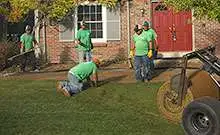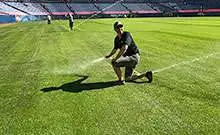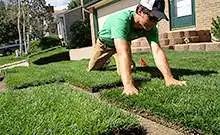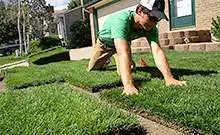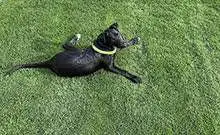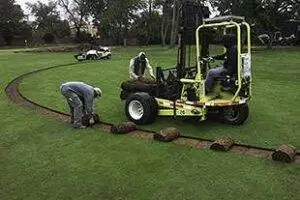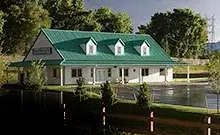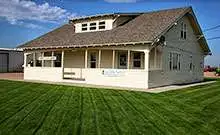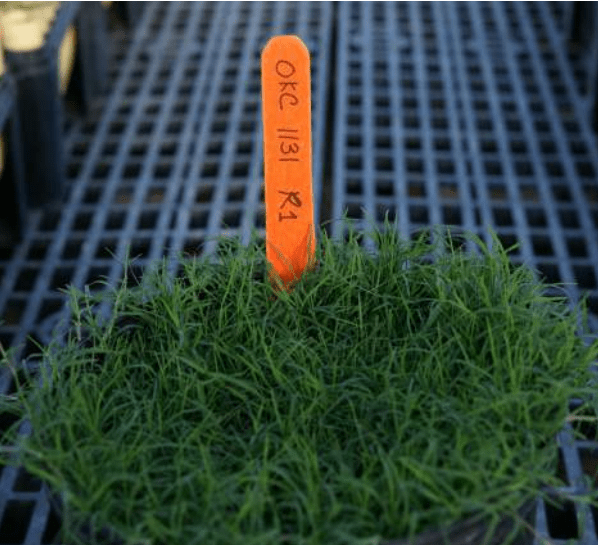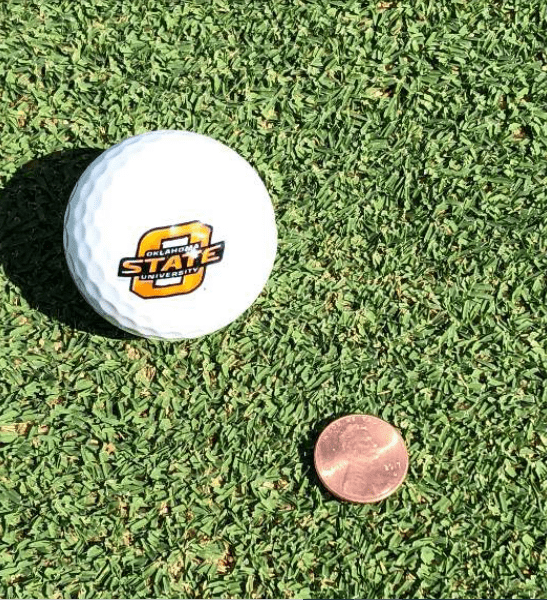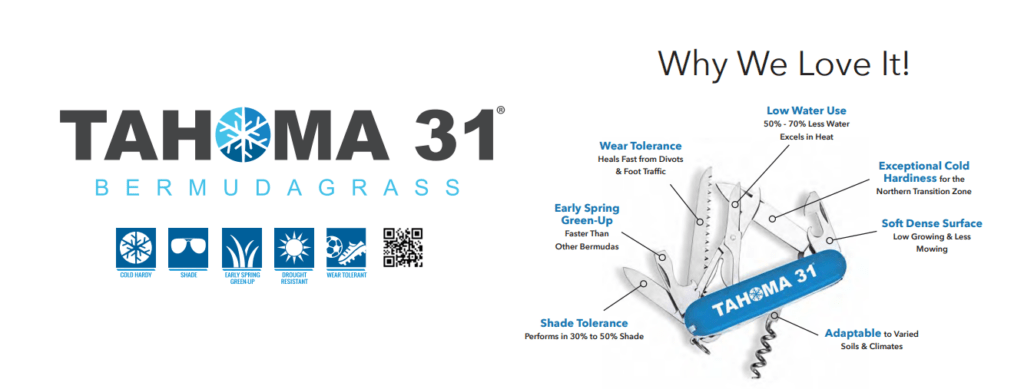- SOD
-
- SHOP
-
-
Best Sellers
-
Product categories
-
-
-
-
-
- SERVICES
-
- RESOURCES
-
-
HOW-TO GUIDES
-
-
-
-
-
-
- VIDEOS
-
-
POPULAR VIDEOS
-
-
-
-
-
-
- CONTACT
-
-
- Contact
- Littleton Location
- Platteville Location
- Sustainable Landscape Design
- Low-Maintenance Flowers & Plants
- Why Choosing to have Sod Installed is a Good Idea
- How Often Should I Water My Sod?
- What Is the Best Kind of Sod for Golf Courses?
- The Environmental Benefits of Using Sod for Landscaping
- Find the Best Sod Near You: Premium Turf for Lawns, Golf Courses & Sports Fields
- Tahoma 31 Bermuda Grass: The Perfect Turf for Colorado Homes & Sports Venues
- Expert Sod Installation in Denver for a Lush, Green Lawn
- Transform Your Yard with Residential Sod Installation
- Where to Buy Sod Near Me: Your Guide to Quality Turf in Colorado
- Advanced Science, Unique Origins & Pro Tips for Colorado Lawns : Tahoma 31 Bermuda Grass
- Residential Sod Installation: Costs, Planning & What to Expect in 2025
- Topsoil Delivery Near Me: How to Choose, What to Expect, and Tips for a Better Landscape
-
-
-
-
-
-

